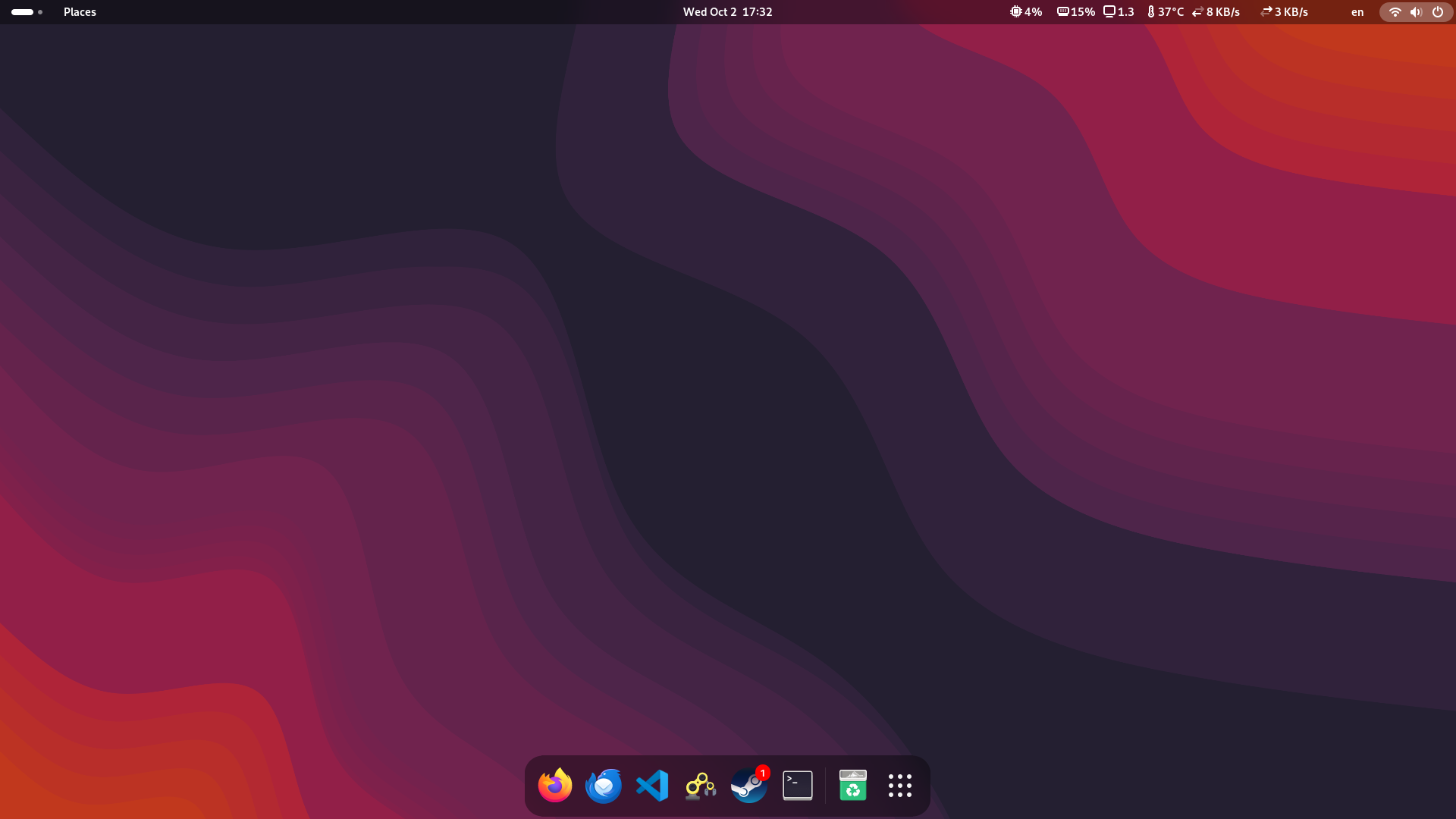I’ve always been a console gamer, avoiding gaming PCs because I didn’t want to deal with tweaking graphical settings or, more importantly, Windows. However, when I got into sim racing during the COVID lockdowns, I had no choice but to build a proper gaming PC. The drivers for my sim racing hardware were only supported on PC, and the selection of racing games was significantly better.
Unsurprisingly, returning to Windows was as frustrating as I remembered. Almost immediately, I was reminded of why I’d avoided it for so long. Microsoft may have made some cosmetic UI updates, but beneath the surface, it’s still the same bloated, flawed system. They’ve added new “features” like AI integrations, but relics like Aero-themed apps still linger. The new Settings app looks fine and has adopted Microsoft’s “Fluent Design Language”, but Microsoft being Microsoft, kept the outdated Control Panel from the Vista era, which opens up for advanced settings that the new app doesn’t cover yet. The UI simply isn’t consistent and feels like a zoo. Ads in the start menu and being forced to use a Microsoft account felt like too much. This inconsistency is something I’m not used to with Apple. Apple tends to cut ties with old software quickly, and macOS feels far more cohesive and polished by comparison.
Frustrated, I decided to try something different and installed Fedora 40 with GNOME 46 as my desktop environment. Why Fedora? After researching, I wanted an OS that was clean, up-to-date, and free from bloatware or intrusive tracking. I didn’t want to waste hours configuring settings—this is my gaming rig, after all. I needed something stable, easy to set up, and low maintenance.
One thing I quickly learned is that choosing the right Linux distro is just as overwhelming now as it was when I last tried Linux over a decade ago. However, I knew I wanted GNOME over KDE Plasma, primarily for its aesthetics. Having used macOS exclusively for ten years, GNOME’s sleek, cohesive design felt much more familiar and visually appealing. I gave KDE Plasma a shot in a virtual machine, and while I appreciated its customizability, the design felt inconsistent and clunky. It’s hard to explain, but it just didn’t sit right with me.

That’s the beauty of Linux—you can pick what suits you and tailor it to your needs. For me, Fedora with GNOME was the perfect fit. I was genuinely excited to use this system. It felt familiar in all the right ways, and the abundance of well-made GUI software means you don’t need to compile code from source or manage dependencies. It worked right out of the box. I didn’t even need to install drivers for Wi-Fi or Bluetooth—they were baked into the kernel. Compare that to Windows, where I had to install drivers just to get Wi-Fi working, even though the setup process demands an internet connection. I even had to run shell commands to disable that dubious requirement!
Thanks to Valve’s work on Proton, a compatibility layer that lets you run Windows games on Linux, nearly all the games I care about run flawlessly, with only a few exceptions. Some popular competitive games don’t work, either because of shady kernel-level anti-cheat systems or because developers have opted out of Proton support. Amusingly, some games even run better on Linux than they do on Windows, which is mind-blowing.
That said, I was disappointed to find out that iRacing doesn’t work on Linux. So, for now, because of that and the lack of sim racing hardware drivers, I’ll still need to keep a Windows installation on a second partition—at least for the time being. But for the majority of my gaming needs, I can finally ditch Windows.
Of course, this doesn’t mean I’m giving up macOS. I still develop for Apple platforms—it’s my main gig, and I still enjoy using Apple products. But knowing there are solid alternatives out there that don’t suck—and that aren’t constantly trying to squeeze every dollar out of you—gives me a lot of optimism for the future of desktop computing. I’m definitely going to keep experimenting with Fedora and other Linux distributions in my free time and might even look into building software for it.